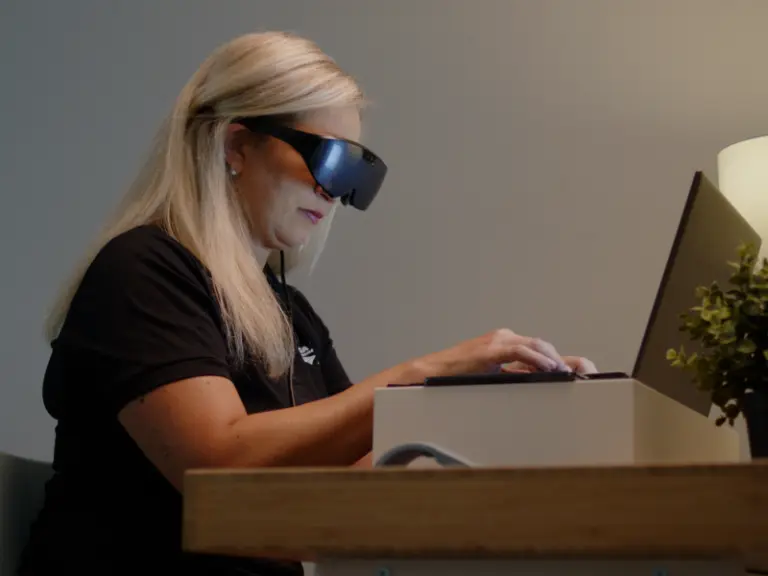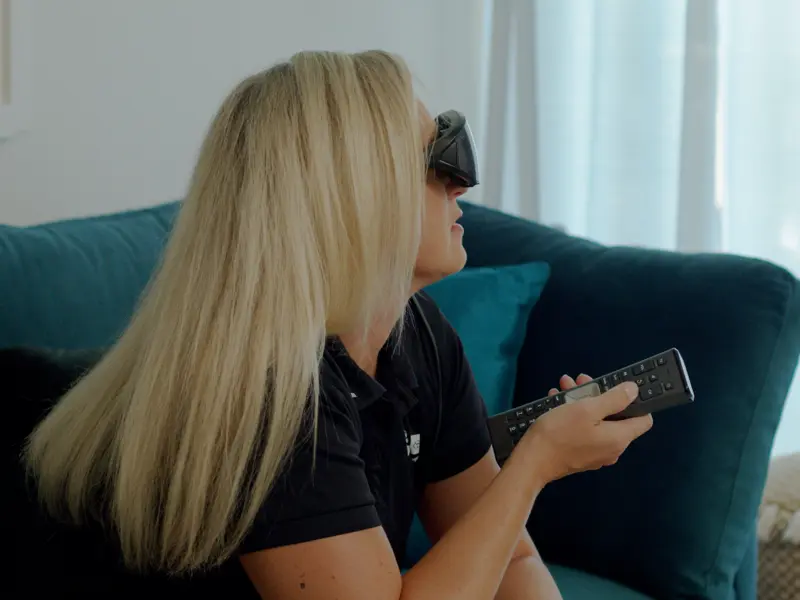
#LIVE2.0 #Review
Diabetes can lead to several health problems and complications in various areas of your body, such as the heart, kidneys, eyes, feet, etc.
Some of the most commonly found health issues include cardiovascular problems causing a heart attack or a stroke, damage to the filtering system present in the kidneys (nephropathy), damage to the nerves (neuropathy), among many other issues.
The World Health Organization states diabetes was the ninth leading cause of death with an estimated 1.5 million deaths directly caused by diabetes In 2019.
The eyes are one of the more sensitive organs that enable an individual to perceive light, movement, and color differences. However, diabetes, like the other organs, can severely damage and harm vision health. Higher blood sugar levels cause the lens of the eye to swell, reducing the ability to see clearly due to blurred vision.
But that’s not all. Let’s examine some of the eye conditions caused by diabetes and how they affect eyesight.
It all boils down to managing the blood sugar levels present in the body and using different ways to maintain them naturally.
A healthy diet and managing cholesterol levels can be a good start. High glucose levels can contribute to high cholesterol.
Diabetic patients usually have low HDL and high triglyceride (another blood fat) levels, which can be severely injurious to health as they create a higher risk of heart and artery disease.
In no way does this mean that skipping meals can help lower glucose or cholesterol levels. Diabetic patients should opt for a high-fiber diet, which will improve the body’s ability to regulate blood sugar and minimize blood sugar lows.

A high-fiber diet is ideal for people dealing with type 1 diabetes. Some of the foods that are high in fiber include vegetables, fruits, whole grains, etc.
Refrain from smoking, as it increases the risk of developing diabetic retinopathy and other diabetic eye problems. Instead, opt for routine exercise and physical activity as this helps maintain cholesterol levels and blood pressure.
A routine eye examination is the best way to ensure early detection of an eye condition that may damage the eyes and lead to vision loss.
Diabetic eye disease symptoms do not appear instantly and are not visible during the early stages of progression. Therefore, it’s important to monitor vision health by getting them checked by an eye specialist at least once annually.
The most common type of eye examination is the dilated pupil test, which is simple and painless. This test enables the eye specialist to increase the pupil size to examine the health of the optic nerve and retina and ensure no eye diseases succeed in damaging your eyes.
People with vision impairment and low vision use a variety of low-vision aids to assist them with daily tasks, such as reading magnifiers, CCTV low-vision aids, standing magnifiers, hand-held magnifiers, and so on.
But each of these devices is task-specific and reduces mobility for people with low vision. They can be very helpful and beneficial for carrying out routine tasks, but one disadvantage associated with these devices is their inability to help with independent living.
Wearable low vision devices like the IrisVision headset outshines traditional low vision devices as they not only help overcome visual obstacles but also enable users to lead an independent life.
The FDA-registered Class 1 medical device is the only low vision solution supported by a National Eye Institute research grant, and has been named a World-Changing Idea at the FAST Company Awards.
Its comprehensive set of features replaces the need for multiple low vision aids and can be customized according to the user’s requirements.
Here is a list of features that make IrisVision the best low-vision device for diabetic eye conditions.
IrisVision is the easiest-to-use low-vision device that brings back the joy of reading for people with vision impairment. Its various reading modes enable the user to focus easily and read with ease, be it any reading material such as prescriptions, books, etc.
Colored Reading Mode is one of the modes that offers high contrast options and enables the user to read in dimly lit surroundings.

Another advanced feature uncommon in most low-vision solutions that helps users to enjoy a good read without focusing on the reading material is the IrisReader, an optical character recognition mode that scans text and reads it aloud to the user.
Reading Lines Mode is the best way to read lengthy texts, such as those in the form of a book or magazine, due to its bar magnifier that focuses on the segment of words.
Scene Mode is the best way to counter the effects of tunnel vision. IrisVision provides an industry-leading 77 degree wide field-of-view, with powerful auto-focus with near-to-far distance lenses.
The Bubble View Mode lets users zoom in on a specific area while keeping the overall scene in context.
With IrisVision, users can enjoy their very own personal assistant that performs various functions using smart voice commands.

With IrisVision, users can stay connected and entertained with features that enable them to watch TV with ease, take pictures and store them in their gallery, access video streaming platforms like YouTube and Netflix, and a lot more.
An advanced camera with a 30 frame/second resolution.
Adjustable IPD (interpupillary distance): This lets the user adjust the distance between the center of their eyes for optimal image quality and comfort.
It has a removable eye guard to suit the surrounding lighting conditions.
Support
See and Connect Today!
IrisVision Global, Inc.
5994 W. Las Positas Blvd, Suite 101
Pleasanton, CA 94588
Email: [email protected]
Sales: +1 855 449 4536
Support: +1 855 207 6665
Support
See and Connect Today!
IrisVision Global, Inc.
5994 W. Las Positas Blvd, Suite 101
Pleasanton, CA 94588
USA Email: [email protected]
Sales: +1 855 449 4536
Support: +1 855 207 6665
Support
See and Connect Today!
IrisVision Global, Inc.
5994 W. Las Positas Blvd, Suite 101
Pleasanton, CA 94588
Email: [email protected]
Sales: +1 855 449 4536
Support: +1 855 207 6665